|
In this article, Chris Bank of UXPin – The UX Design App details what a Minimum Viable Product (MVP) is in basic terms and how experts think about it. Lean startups and tech titans alike, are increasingly using the minimum viable product (MVP) as a starting point for building successful software products. By focusing on an integral set of key features and core functionality for product development, firms can efficiently establish a definitive core to form the basis out of which the rest of the product can evolve. How the Top Product Minds in the World Think About MVPs? As discussed in the Guide to Minimum Viable Products, a common misconception is that an MVP consists of the minimum set of features deemed necessary for a working software product, with the goal of bringing it to market quickly. This misses the mark on several levels, most notably in the overemphasis on speedy delivery and time to market, as opposed to focusing on customer and market acceptance. Indeed, rapid development is of essence, but only to the extent that learning and research objectives can be obtained quickly. As defined by Wikipedia, “The minimum viable product (MVP) is a strategy used for fast and quantitative market testing of a product or product feature. The term was coined by Frank Robinson and popularized by Eric Ries for web applications.” This definition is narrow — particularly, it’s too quantitative and product-focused — according to many experts. However, some of the noted purposes of an MVP below begin to open up a more significant discussion:
Let’s look at what the experts have to have to say. Expert Takes on MVPs Eric Ries, cofounder/CTO of IMVU and MVP proponent, defines an MVP as a version of a new product that allows for the most learning possible for the least amount of effort. That is to say, an MVP allows for testing actual usage scenarios with customers. To this end, expensive market research and subsequent product development is eschewed; instead, a rapidly-built product with a minimum set of features is deployed to test assumptions about customer requirements. Image credit: Build-Measure-Learn Ash Maurya, CEO of P2P sharing site Cloudfire and author of Running Lean - Helping Entrepreneurs Succeed, recounts his experiences in building an MVP for his startup. After identifying a target group of users, he then proceeded to identify the three main issues they experienced with current solutions on the market. He was then able to build a solution to minimally address those issues, and drive early adopters to sign up via the product’s landing page. Fortunately for Maurya, the process was simplified through leveraging key functionality from a previous product. This allowed him to dramatically cut the time and effort it took him to validate his assumptions about the potential user base for his product. Reflecting on his experience, Ash now emphasizes the importance of capturing customer value with any MVP. It’s critical to get the product right, making sure you have a problem worth solving. Using the Lean Canvas framework below, he highlights the 4 critical steps to nailing the product in your MVP:
To understand market and customer risks of an MVP, see his post The 10x Product Launch. Image credit: The 10x Product LaunchMarcin Treder, CEO and Co-Founder of UXPin, went through a very similar experience although his company’s existing product was a paper prototyping notepad while the current solution is a web-based wireframing and prototyping application. “Clearly, the paper products were cheaper to make initially,” he states, “but we honestly had no idea that our next version of the product would be technical — we were a few designers just trying to help our peers become better designers.” But he quickly realized how fragmented the existing solutions were and how much people complained about them. According to Treder, “An MVP isn’t the quickest or the most perfect product. Rather, it is a product with minimum development effort that creates maximum value.” He admits that his first product didn’t provide the maximum value given current alternatives today. But, today, UXPin is one of the leading wireframing and prototyping applications on the marketing. So he clearly made the transition. Image credit: Practical Product Management for New Product Managers Of course, not all lean startups will have the luxury of having a pre-existing product to massage into MVP form. In many cases, this is barely necessary. Nick Swinmurn, Zappos co-founder, experienced this first-hand. In an extreme case of MVP leanness and agility, the e-commerce stalwart’s humble beginnings started with Swinmurn photographing shoes at a local retailer. He then posted the photos online and, for each online order, he would return to the retailer and buy the necessary items. In this sense, the primary objective of an MVP is to eliminate business uncertainty to the greatest extent possible. He didn’t have a product and acted as his own customer in the initial stages. Image credit: The 10x Product LaunchAnd it’s far more common for companies to sell and market vaporware (products that don’t yet exist or barely exist) — especially in the startup world. Cindy Alvarez, UX for Yammer and previously Product at Kissmetrics, echoes that a common mistake people make is assuming an MVP needs to be a product. According to her, the goal of an MVP is to maximize learning while minimizing risk and investment and, therefore, a product should not be the only means to that end. By thinking so narrowly about MVPs, she has seen many people start by thinking about the “final” product and trying to cut features instead of doing anything scientific. To avoid this pitfall, one of her rules of thumb is following the Cupcake Model whereby you think of one complete experience. Image credit: 7 Ways to Test MVP She also provides some practical advice in executing on MVPs within teams. She claims there are two important problems that must be addressed head-on internally:
Steve Blank, a serial-entrepreneur and author / lecturer on MVPs, asserts that the Customer Development and Lean Startup methodology under-emphasizes the importance of selling a vision to visionaries — not everyone — while delivering a minimum feature set. From his observations, many people easily comprehend how to build a minimal product with few features (the Minimum Feature Set), but they fail to acknowledge that most people won’t like their MVP — how many people do you know who brag about a minimal product? Instead, they should be building early adoption and evangelism while selling a vision about how the world will work, and be so much better, with the product being built a few years out, starting with a minimal product that you can play around with and internalize today. Image credit: Silicon Africa, 5 Characteristics of Earlyvangelists Rand Fishkin, co-founder of Moz, seems to be more of a showman than the rest. From his perspective, first impressions matter — a lot. It is for this reason that he encourages others to take their MVP one step further toward being an EVP (an Exceptional, Viable Product). He claims to have seen a lot of MVPs launch that hardly produce significant value, and strongly believes it’s highly problematic. After all, there’s only so many times you can re-launch a product. In practice, Rand suggests making your MVPs in-house and dogfooding them internally and with a few customers. Gather feedback and iterate until the first internal and external users find that “A Ha” moment, then release it to the wild as an EVP. This may take an extra 30-90+ days to reach this point but, in his opinion, it’s well worth the wait. Image credit: Moz, “7 unlikely recommendations for startups & entrepreneurs”
MVPs are just a means to an endThere are many ways to skin a cat, but even more ways to deliver an MVP. Although each expert has their own twist on what an MVP means to them and golden rules they follow to make sure they don’t get caught in the weeds, the underlying message is the same: MVPs are a means to an end product or product improvement, not the end product itself. Make sure you don’t lose sight of that. _____________________________________________________________________________________________ This is an edited version of a post originally posted at http://www.onextrapixel.com/, by Chris Bank, who a product and startup enthusiast.You are free to re-edit and repost this in your own blog or other use under Creative Commons Attribution 3.0 License terms, by giving credit with a link to www.startupcommons.org and the original post. |
Supporting startup ecosystem development, from entrepreneurship education, to consulting to digital infrastructure for connecting, measuring and international benchmarking.
Subscribe for updates
Startup ecosystem development updates with news, tips and case studies from cities around the world. Join Us?Are you interested to join our global venture to help develop startup ecosystems around the world?
Learn more... Archives
December 2023
Categories
All
|
- Startup Commons
- Business Creators
-
Support Providers
- About Support Providers
- Learn About Startup Ecosystem
- Startup Development Phases
- Providing Support Functions
- Innovation Entrepreneurship Education
- Innovation Entrepreneurship Curriculum
- Growth Academy eLearning Platform
- Certified Trainers
- Become Growth Academy Provider In Your Ecosystem
- Growth Academy Training On-Site By Startup Commons
-
Ecosystem Development
- About Ecosystem Developers
- What Is Startup Ecosystem
- Ecosystem Development
- Ecosystem Development Academy eLearning Platform
- Subscribe to Support Membership
- Ecosystem Operators
- Development Funding
- For Development Financiers
- Startup Ecosystem Maturity
- Case Studies
- Submit Marketplace App Challenge
- Become Ecosystem Operator
- Digital Transformation
- Contact Us
- Startup Commons
- Business Creators
-
Support Providers
- About Support Providers
- Learn About Startup Ecosystem
- Startup Development Phases
- Providing Support Functions
- Innovation Entrepreneurship Education
- Innovation Entrepreneurship Curriculum
- Growth Academy eLearning Platform
- Certified Trainers
- Become Growth Academy Provider In Your Ecosystem
- Growth Academy Training On-Site By Startup Commons
-
Ecosystem Development
- About Ecosystem Developers
- What Is Startup Ecosystem
- Ecosystem Development
- Ecosystem Development Academy eLearning Platform
- Subscribe to Support Membership
- Ecosystem Operators
- Development Funding
- For Development Financiers
- Startup Ecosystem Maturity
- Case Studies
- Submit Marketplace App Challenge
- Become Ecosystem Operator
- Digital Transformation
- Contact Us


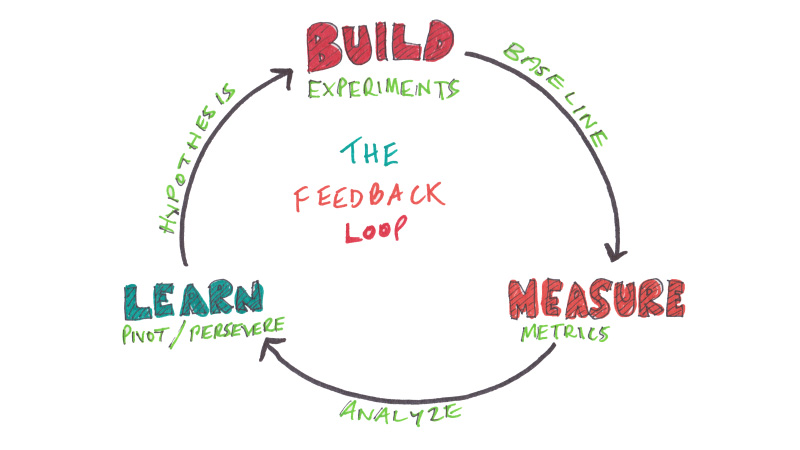
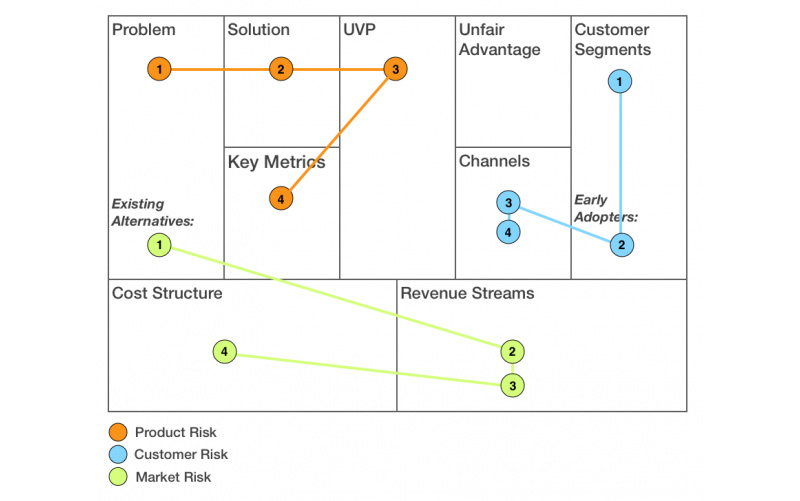
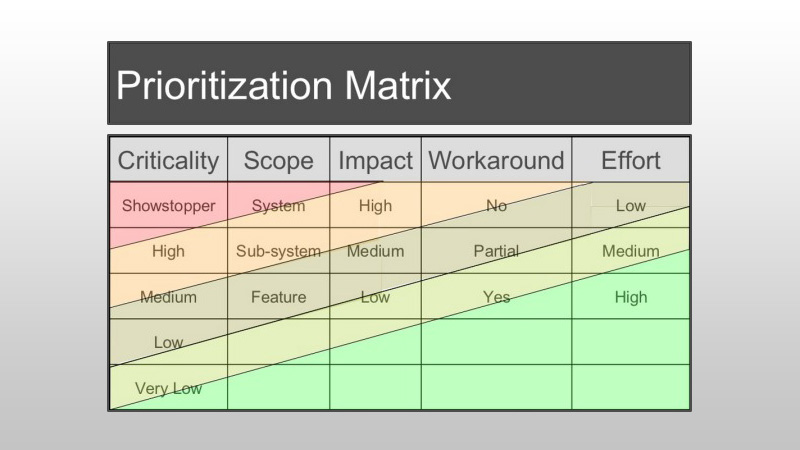
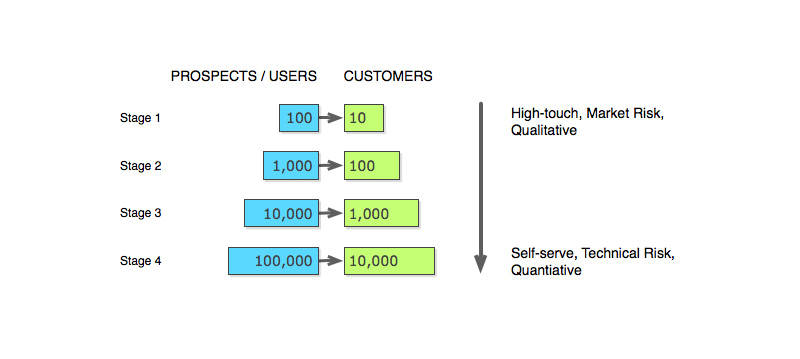

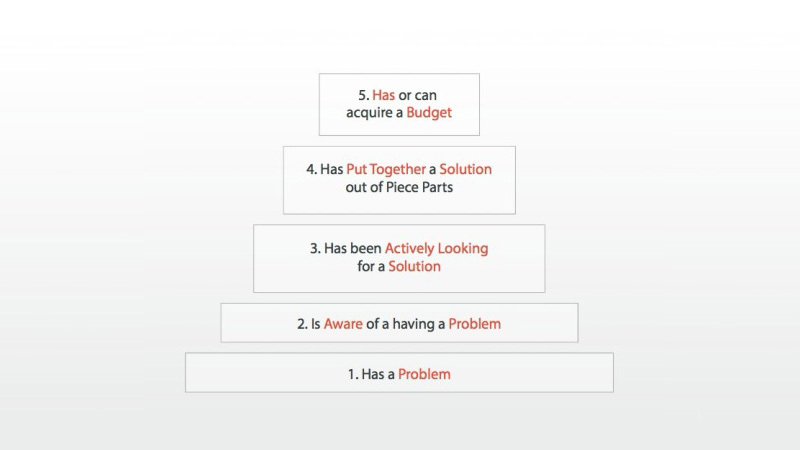
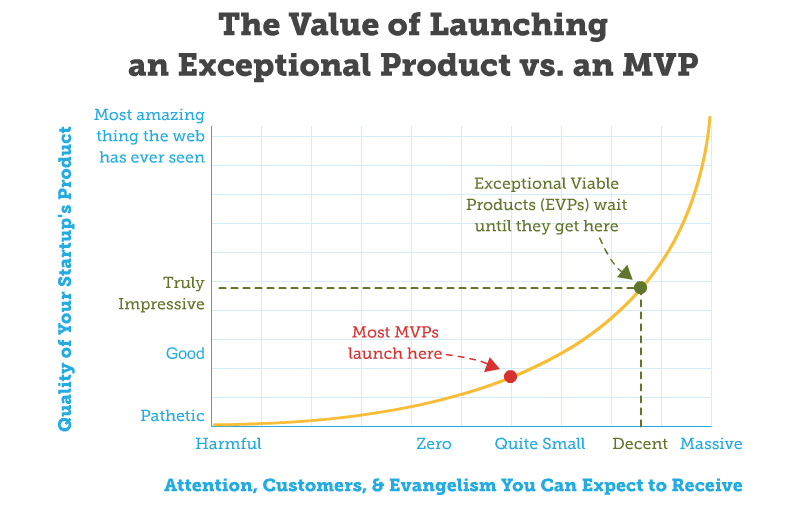

 RSS Feed
RSS Feed

